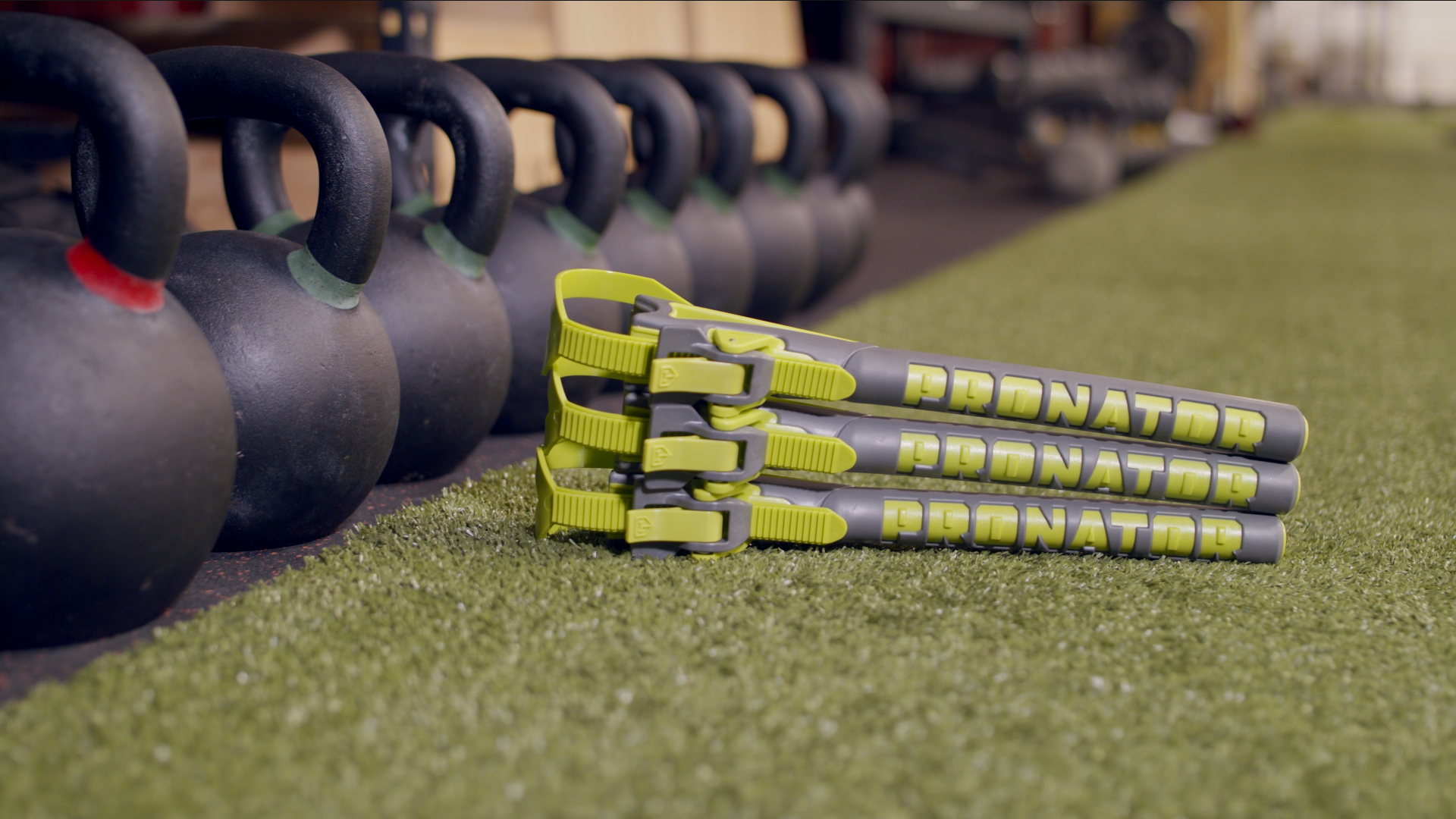Pronator syndrome, a nerve entrapment condition in the forearm, can cause significant discomfort, affecting daily activities and quality of life. We’ll explore a range of exercises designed to relieve pain associated with pronator syndrome, enhance mobility, and strengthen the forearm to prevent future issues.
Introduction
Pronator syndrome occurs when the median nerve is compressed as it passes between the two heads of the pronator teres muscle in the forearm. This compression can lead to pain, numbness, and weakness in the forearm and hand. Fortunately, specific exercises can help alleviate these symptoms and improve overall arm function.
Understanding Pronator Syndrome
Before delving into the exercises, it’s essential to understand pronator syndrome. The condition often presents with:
- Aching pain in the forearm
- Numbness or tingling in the thumb, index, middle, and ring fingers
- Weakness in the hand and difficulty with fine motor skills
Exercises to Relieve Pronator Syndrome Pain
1. Forearm Pronation/Supination
- How to Do It: Sit with your elbow bent at 90 degrees and your forearm parallel to the floor. Rotate your forearm to turn your palm up and then down.
- Frequency: 2-3 sets of 10-15 repetitions, twice daily.
- Benefits: Improves mobility in the pronator and supinator muscles.
2. Wrist Flexor Stretch
- How to Do It: Extend your arm in front of you with your palm facing down. Gently pull your fingers back with your other hand.
- Hold for: 15-30 seconds.
- Frequency: Repeat 3-4 times on each arm.
- Benefits: Stretches the muscles in the forearm, reducing tightness.
3. Tennis Ball Squeeze
- How to Do It: Hold a tennis ball in your hand and squeeze it firmly.
- Hold for: 5-10 seconds.
- Frequency: 10-15 repetitions, twice daily.
- Benefits: Strengthens the hand and improves grip, reducing strain on the forearm.
4. Wrist Curls
- How to Do It: Sit with your forearm on your thigh, holding a light dumbbell. Curl your wrist up and down.
- Frequency: 2-3 sets of 10-15 repetitions with each wrist.
- Benefits: Strengthens the wrist flexors.
5. Reverse Wrist Curls
- How to Do It: Similar to wrist curls, but with palms facing downwards.
- Frequency: 2-3 sets of 10-15 repetitions.
- Benefits: Strengthens the wrist extensors, balancing the muscles in the forearm.
6. Elbow Flexion and Extension
- How to Do It: Bend and straighten your elbow while holding a light weight.
- Frequency: 2-3 sets of 10-15 repetitions.
- Benefits: Strengthens the muscles around the elbow, supporting the forearm.
7. Nerve Gliding Exercises
- How to Do It: Extend your arm with your palm facing up and gently bend your wrist back. Slowly straighten your fingers and thumb, then bend them again.
- Frequency: 5-10 repetitions, twice daily.
- Benefits: Helps the median nerve glide smoothly through the carpal tunnel and pronator muscles.

Integrating Exercises into Daily Routine
Consistency is key in managing pronator syndrome. Here’s how to effectively incorporate these exercises into your daily routine:
- Morning Routine: Start your day with a series of stretches to improve flexibility.
- Breaks at Work: If your job involves repetitive hand or arm movements, take short breaks to perform these exercises.
- Evening Routine: End your day with a combination of strengthening and stretching exercises.
Tips for Effective Exercise
- Start Slowly: Begin with gentle movements and gradually increase intensity.
- Focus on Form: Proper form is essential to prevent further injury.
- Listen to Your Body: If an exercise causes pain, stop and consult a healthcare professional.
- Be Consistent: Regular exercise is crucial for long-term relief.
When to Seek Professional Help
If exercises alone do not provide relief, or if symptoms worsen, it’s important to seek professional advice. A physical therapist can provide:
- Customized Exercise Programs: Tailored specifically to your needs and condition.
- Manual Therapy: To help alleviate muscle tightness and improve nerve mobility.
- Additional Treatment Options: Such as ultrasound therapy or taping techniques.
Other Management Strategies
In addition to exercises, consider these strategies for managing pronator syndrome:
- Ergonomic Adjustments: Modify your workspace to reduce strain on your arms and hands.
- Activity Modification: Avoid or modify activities that exacerbate symptoms.
- Heat and Cold Therapy: Use heat to relax muscles or cold to reduce inflammation as needed.
Conclusion
Pronator syndrome can be a challenging condition, but with the right exercises and management strategies, you can effectively alleviate pain and improve your forearm function. Remember, consistency in performing these exercises and listening to your body’s response is key. If pain persists, seeking professional medical advice is crucial for a comprehensive treatment plan. By taking proactive steps, you can manage pronator syndrome effectively and maintain a healthy, active lifestyle.


